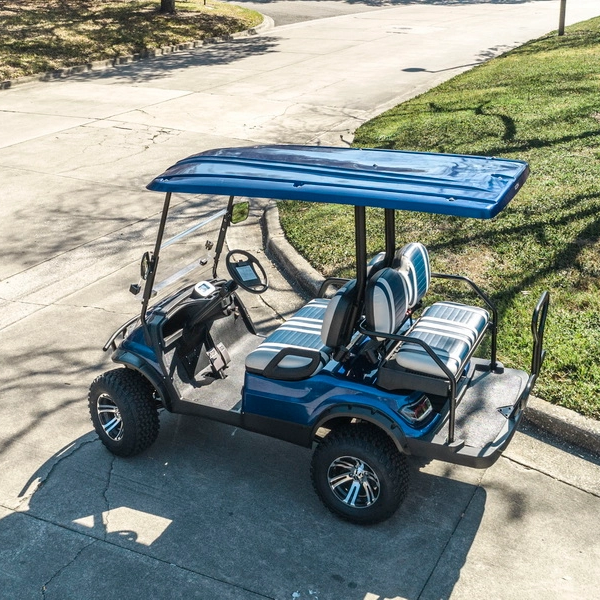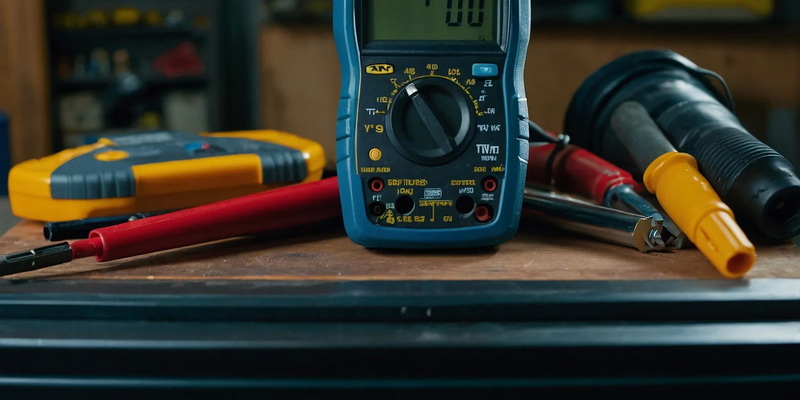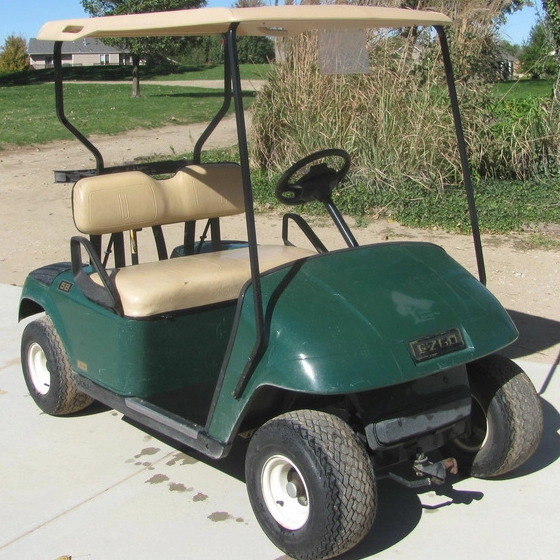Content Menu
● Understanding Electric Golf Cart Motors
● Safety Precautions
● Tools and Equipment Needed
● Step-by-Step Bench Testing Process
>> Preparation
>> Visual Inspection
>> Continuity Test
>> Securing the Motor
>> Wiring the Motor
>> Applying Power
>> Reversing Direction
>> Checking for Heating
>> Load Testing
● Common Issues and Troubleshooting
● Interpreting Test Results
● Maintenance Tips
● Conclusion
● Frequently Asked Questions (FAQ)
>> 1. How often should I bench test my golf cart motor?
>> 2. Can I bench test my motor without removing it from the golf cart?
>> 3. What voltage should I use when bench testing my golf cart motor?
>> 4. How long should I run the motor during a bench test?
>> 5. What should I do if my motor fails the bench test?
Bench testing an electric golf cart motor is a crucial step in diagnosing potential issues and ensuring optimal performance. This comprehensive guide will walk you through the process, providing detailed instructions, safety precautions, and troubleshooting tips. Whether you're a DIY enthusiast or a professional mechanic, this article will equip you with the knowledge to effectively test your golf cart motor.

Understanding Electric Golf Cart Motors
Before diving into the bench testing process, it's essential to understand the basics of electric golf cart motors. These motors are typically either series-wound DC motors or separately excited (SepEx) motors. Each type has its own characteristics and testing procedures.
Safety Precautions
Safety should always be your top priority when working with electrical components. Before beginning the bench test, ensure you have the following safety equipment:
- Safety glasses
- Insulated gloves
- Fire extinguisher (nearby)
- Non-conductive work surface
Tools and Equipment Needed
To properly bench test an electric golf cart motor, you'll need the following tools and equipment:
- Multimeter
- Power supply (12V-48V, depending on your motor)
- Jumper cables
- Wire brush
- Penetrating oil
- Motor stand or secure workbench
Step-by-Step Bench Testing Process
Preparation
Begin by disconnecting the motor from the golf cart's electrical system. Remove any wires or connections attached to the motor. Clean the motor thoroughly using a wire brush to remove any dirt or debris.
Visual Inspection
Conduct a thorough visual inspection of the motor. Look for signs of damage, such as:
- Frayed wires
- Burnt components
- Corroded terminals
- Worn brushes
Continuity Test
Using a multimeter set to continuity mode, perform the following tests:
- Check continuity between the two armature posts (A1 and A2)
- Test continuity between the two field posts (F1 and F2 or S1 and S2)
- Verify there's no continuity between any post and the motor casing

Securing the Motor
Place the motor on a stable workbench or motor stand. It's crucial to secure the motor properly to prevent movement during testing.
Wiring the Motor
For a series-wound motor:
- Connect A1 to the positive terminal of your power supply
- Connect F2 to the negative terminal
- Use a jumper wire to connect A2 to F1
For a SepEx motor:
- Connect A1 to F1 and A2 to F2 using jumper wires
- Connect the positive terminal of your power supply to A1/F1
- Connect the negative terminal to A2/F2
Applying Power
Start with a low voltage (12V) and gradually increase it while observing the motor's performance. Watch for:
- Smooth rotation
- Unusual noises
- Excessive vibration
- Proper speed response to voltage changes
Reversing Direction
To test the motor in reverse:
- For series-wound motors: Swap the connections at F1 and F2
- For SepEx motors: Swap the connections at F1 and F2
Checking for Heating
Monitor the motor's temperature during testing. If it becomes too hot to touch, immediately disconnect the power and allow it to cool before investigating the cause.
Load Testing
If possible, perform a load test by attaching a brake or dynamometer to the motor shaft. This will help you assess the motor's performance under various load conditions.
Common Issues and Troubleshooting
During the bench test, you may encounter various issues. Here are some common problems and their potential solutions:
1. Motor doesn't run:
- Check all connections
- Verify power supply functionality
- Inspect brushes and replace if worn
2. Motor runs but lacks power:
- Check for weak magnets
- Inspect armature for damage
- Test field windings for proper resistance
3. Excessive noise or vibration:
- Check for loose components
- Inspect bearings and replace if worn
- Look for damaged commutator or armature
4. Motor overheats quickly:
- Check for shorted windings
- Inspect for proper ventilation
- Verify correct voltage is being applied

Interpreting Test Results
After completing the bench test, analyze the results to determine the motor's condition:
- Smooth, quiet operation at various speeds indicates a healthy motor
- Inconsistent speed or power suggests potential brush or commutator issues
- Excessive heat generation may indicate shorted windings or overloading
- Unusual noises could signify bearing problems or internal damage
Maintenance Tips
To keep your golf cart motor in top condition, consider these maintenance tips:
1. Regular cleaning to prevent debris buildup
2. Periodic brush inspection and replacement
3. Proper lubrication of bearings
4. Checking and tightening all connections
Conclusion
Bench testing an electric golf cart motor is a valuable skill that can save time and money in diagnosing and maintaining your vehicle. By following the steps outlined in this guide and adhering to safety precautions, you can effectively assess your motor's condition and identify potential issues before they become major problems. Remember, if you're unsure about any aspect of the testing process, it's always best to consult a professional technician.

Frequently Asked Questions (FAQ)
1. How often should I bench test my golf cart motor?
Bench testing is typically performed when troubleshooting specific issues or during major maintenance. For routine checks, an annual bench test can help identify potential problems early.
2. Can I bench test my motor without removing it from the golf cart?
While it's possible to perform some tests with the motor in place, a proper bench test requires removing the motor to ensure accurate results and safe testing conditions.
3. What voltage should I use when bench testing my golf cart motor?
Start with a low voltage (12V) and gradually increase it to the motor's rated voltage. Most golf cart motors operate between 36V and 48V, but always consult your motor's specifications.
4. How long should I run the motor during a bench test?
Run the motor for short intervals (1-2 minutes) at first, then extend to 5-10 minutes if no issues are detected. Avoid prolonged testing without proper cooling.
5. What should I do if my motor fails the bench test?
If your motor fails the bench test, carefully document the symptoms and consult a professional technician or consider replacing the motor if it's beyond repair.











































